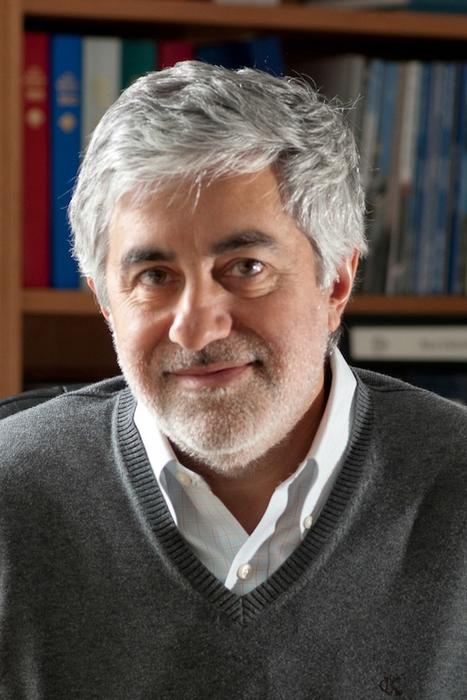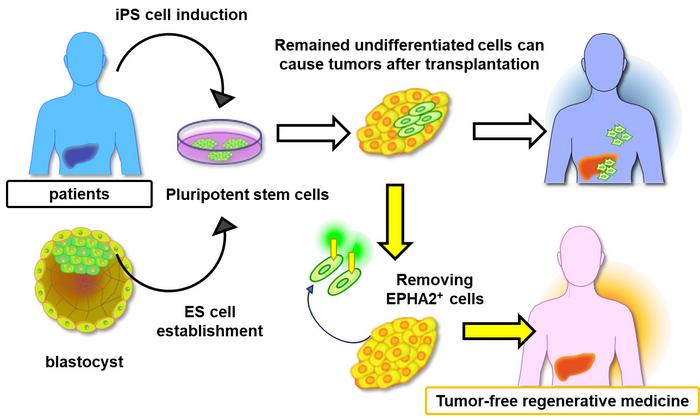Rice chemist Gustavo Scuseria wins 2024 Schrödinger Medal
By Jade Boyd Special to Rice News Credit: Photo courtesy of Rice University. By Jade Boyd Special to Rice News Pioneering Rice University chemist Gustavo Scuseria has won the 2024 Schrödinger Medal from the World Association of Theoretical and Computational Chemists. Awarded annually to a single recipient, the medal recognizes an outstanding body of work […]

By Jade Boyd
Special to Rice News

Credit: Photo courtesy of Rice University.
By Jade Boyd
Special to Rice News
Pioneering Rice University chemist Gustavo Scuseria has won the 2024 Schrödinger Medal from the World Association of Theoretical and Computational Chemists.
Awarded annually to a single recipient, the medal recognizes an outstanding body of work in theoretical and computational chemistry. Scuseria has pioneered quantum computational methods that are widely used to study the complex quantum states and electronic properties of a wide range of molecules and materials. In awarding the medal, the association cited his “outstanding contributions to coupled cluster, density functional and symmetry projection theories and the modeling of carbon nanostructures.”
Founded in 1982 as the World Association of Theoretical Organic Chemists, the association changed its full name in 2005 but uses its original acronym when hosting triennial WATOC Congresses, which are among the largest international meetings in the field of theoretical and computational chemistry. Scuseria’s medal will be presented in a June 2025 ceremony at the next WATOC Congress in Oslo, Norway, where he will also be invited to give a plenary lecture.
The puzzling behavior of many molecules and materials arise from complex, intertwined quantum states that cannot be precisely computed. Researchers must instead rely upon approximations to model and simulate such states and their electronic manifestations.
Scuseria, the Robert A. Welch Professor of Chemistry in the Wiess School of Natural Sciences, has pioneered dozens of approximation techniques for computationally modeling molecules and materials using quantum methods. His work has been cited more than 100,000 times in peer-reviewed publications and an even greater number of times in studies that employed software making use of his algorithms.
What's Your Reaction?

































